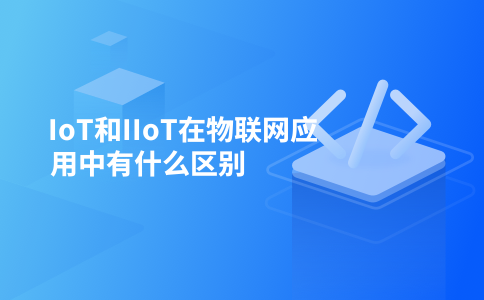The editor of Downcodes will give you an in-depth understanding of the differences between the Internet of Things (IoT) and the Industrial Internet of Things (IIoT)! This article will compare IoT and IIoT in detail from four aspects: application scenarios, technical requirements, security requirements, and data processing methods to help you understand these two technologies more clearly and choose the appropriate solution for your business needs. We’ll explore their unique ways of connecting devices, improving efficiency, and driving innovation, and answer some frequently asked questions to give you a more comprehensive understanding of the IoT and IIoT.
IoT is mainly used in the consumer market, such as smart homes, wearable devices, etc., while IIoT focuses more on the industrial field, including manufacturing, energy, logistics, etc. The article explores their specific application cases in their respective fields in detail, highlighting their unique value in solving different problems.
IoT usually focuses on device portability, low power consumption, and low cost to accommodate a wide range of consumer needs. In contrast, IIoT focuses more on reliability, real-time and high security to meet the strict requirements of industrial environments for data accuracy and system stability.
Due to the complexity of industrial systems and high requirements for data security, IIoT's security requirements far exceed those of general IoT applications. The article highlights the special challenges of IIoT in terms of network security, authentication and data protection, and explores corresponding solutions.
IoT usually focuses on uploading data to the cloud for processing, while IIoT prefers real-time data processing locally to ensure immediate response to the production process. The article explains how this different way of processing data affects their application in different fields.
Through an in-depth comparison of the differences between IoT and IIoT in IoT applications, this article aims to provide readers with a clear understanding to help them better understand and choose technology solutions suitable for their business needs.

FAQ:
Q: What are the main differences between IoT and IIoT? Answer: IoT is mainly used in consumer markets, such as smart homes and wearable devices, while IIoT is more focused on industrial fields, including manufacturing, energy, and logistics. They have significant differences in application scenarios, technical requirements and security needs. Q: Why does the industrial field prefer to use IIoT instead of general IoT technology? Answer: The industrial field has higher requirements for data accuracy, real-time performance and security. By emphasizing reliability, real-time and high security, IIoT meets the special needs of industrial environments for data accuracy and system stability, making it more suitable for industrial applications. Q: What is the difference between IoT and IIoT in the way data is processed? Answer: IoT usually uploads data to the cloud for processing, while IIoT prefers real-time data processing locally. This difference affects their application effects in different fields, especially in industrial scenarios that require immediate response to the production process. Q: Why is security more important in IIoT? Answer: Due to the complexity of industrial systems and high requirements for data security, IIoT’s security requirements far exceed those of general IoT applications. IIoT systems in the industrial sector often require stronger cybersecurity, authentication and data protection mechanisms to ensure the security of the entire production process.I hope this article helps you better understand the difference between IoT and IIoT. The editor of Downcodes will continue to bring you more exciting content, so stay tuned!